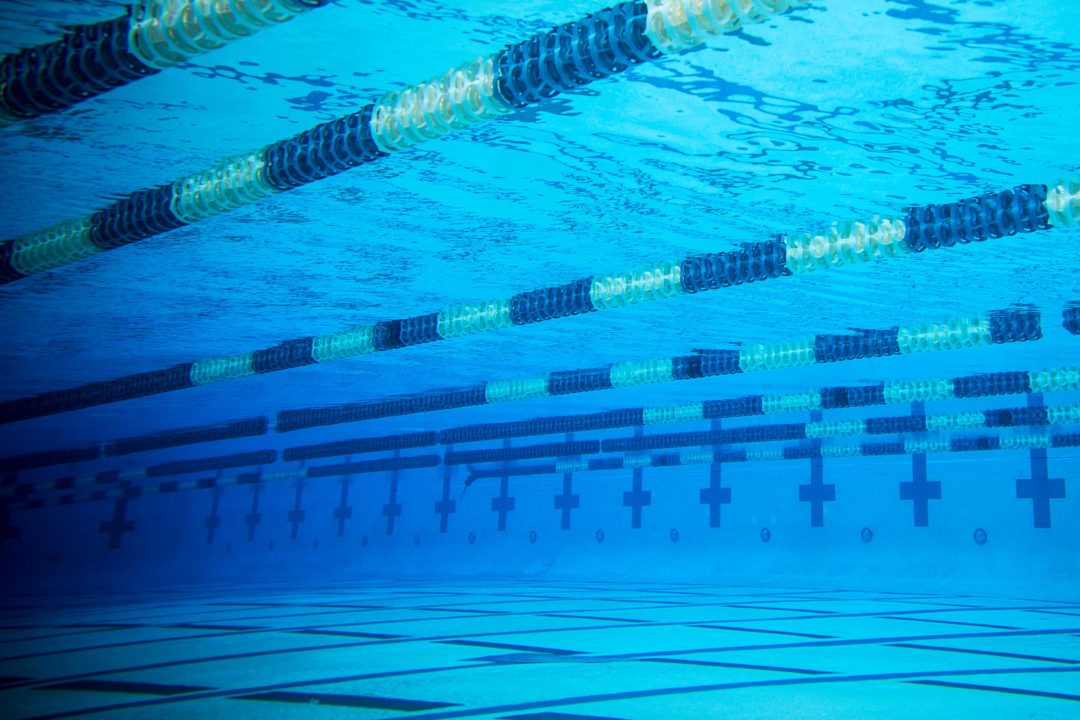Courtesy of Gary Hall Sr., 10-time World Record Holder, 3-time Olympian, 1976 Olympic Games US Flagbearer and The Race Club co-founder.
Three Controversies
There are three controversial topics regarding the dolphin kicks taken off each wall on turns. The first is when should the swimmer initiate the first dolphin kick. The second is how many dolphin kicks underwater should a swimmer take before the breakout. The third is when should the swimmer initiate the first pull with respect to the final dolphin kick.
What Most People Believe
Many would think that the first topic is not controversial. There is a commonly held belief among coaches and swimmers that after a strong push off of the wall, before initiating the first dolphin kick, a short glide is preferable to either a long glide or no glide at all. After studying several swimmers of elite status doing freestyle and backstroke breakouts, our data does not support this belief.
What We Found
Here is what we found with Aaron Greenberg (elite freestyle sprinter and Yale graduate) using dolphin kicks on his stomach. Times and average velocities are to 5 meters from the wall.
| Action off wall | Peak velocity off wall | Trough Vel before DK | Peak Vel after DK | Time to 1st DK | Time to 5 m. | Average Vel to 5 m |
| Immediate up kick | 2.83 m/sec | 1.25 m/sec | 2.59 m/sec | .56 secs | 2.70 secs | 1.85 m/sec |
| Short Glide | 2.94 m/sec | .95 m/sec | 2.46 m/sec | .94 secs | 2.80 secs | 1.79 m/sec |
| Long Glide | 2.77 m/sec | .33 m/sec | 2.28 m/sec | 1.46 secs | 2.88 secs | 1.74 m/sec |
The peak velocity leaving the wall is an indication of the propulsion generated from the push off the wall. All three peak velocities off the wall are similar. The trough velocity before the down kick (as a result of the knee bend) indicates how much the swimmer has slowed before the first down kick occurs. The difference between the trough and peak velocity after the initial down kick represents approximately how much propulsion is derived from the first down kick. The time to the peak acceleration from the first down kick represents the relative delay in initiating the dolphin kicks.
By initiating his dolphin kick (up kick) immediately off the wall, Aaron reduced his time to 5 meters by .1 seconds over the short glide and by .18 seconds compared to the long glide. That is a significant improvement.
When testing elite backstroker Amy Bilquist doing dolphin kicks on her back, we found that her time to 5 meters was also .1 seconds faster when initiating an immediate down kick off the wall compared to a short glide. With a longer glide, her time was .16 seconds slower than with the immediate kicks. Her average velocities to 5 meters were nearly identical to Aaron’s in all three tests.
The Misconception
The belief that it is better to take a short glide before initiating the first dolphin kick stems from the belief that bending the knees too early off the wall will slow the swimmer down excessively. That is precisely what I used to think. What is not generally appreciated is how quickly the swimmer slows down in the streamline position while gliding off the wall without kicking. Bending the knees for the first down kick slows the swimmer down a similar amount regardless of when it is taken. Waiting longer for that first kick simply means the swimmer is ramping up from a slower speed. Aside from the start, the swimmer’s speed will never be greater than when the toes leave the wall on a turn. That means the body vortex is greatest as the swimmer leaves the wall. Up kicking through that bigger vortex leads to some early acceleration, helping to maintain the speed.
For those dolphin kickers that are extremely slow (more than 4 seconds slower in a 25 underwater kick compared to a 25 freestyle sprint), it is advisable not to take any dolphin kicks off the wall at all. Instead, freestyle kicking off the wall into a quick swim is likely faster.
For everyone else, in order to try to sustain the higher speed of coming off the wall, it is better to initiate the first up kick as early as possible. By doing so, you will conform better to the law of inertia and have a faster swim.
Yours in swimming,
Gary Sr.

Gary Hall, Sr., Technical Director and Head Coach of The Race Club (courtesy of TRC)
Like The Race Club on Facebook
Follow The Race Club on Instagram
Follow The Race Club on Twitter
Connect to The Race Club / Gary Hall Sr. on Linkedin
THE RACE CLUB
Because Life is Worth Swimming, our mission is to promote swimming through sport, lifelong enjoyment, and good health benefits. Our objective is for each member of and each participant in The Race Club to improve his or her swimming performances, health, and self-esteem through our educational programs, services and creativity. We strive to help each member of The Race Club overcome challenges and reach his or her individual life goals.
The Race Club provides facilities, coaching, training, technical instruction, video, fitness and health programs for swimmers of all ages and abilities. Race Club swim camps are designed and tailored to satisfy each swimmer’s needs, whether one is trying to reach the Olympic Games or simply improve one’s fitness. Our programs are suitable for beginner swimmers, pleasure swimmers, fitness swimmers, USA swimming or YMCA swimmers, or triathletes; anyone who wants to improve swimming skills. All of our Race Club members share an enjoyment of being in the water and use swimming to stimulate a more active mind and body.

